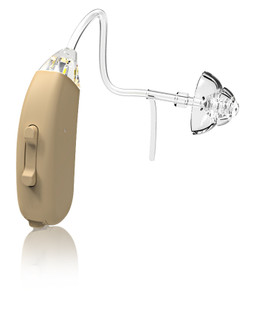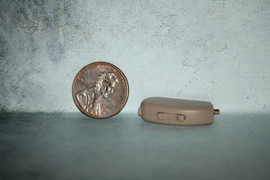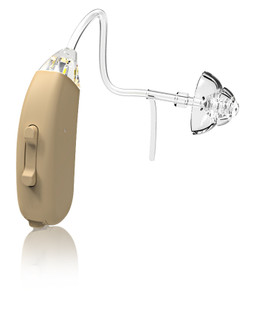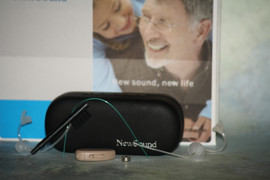How Tech Connections are Shaping The Future of Hearing Aids
Posted by DR Paul on Jan 11, 2024
Hearing aids are now advanced enough to connect wirelessly to a range of devices, both for streaming audio and for settings adjustments. With technology moving ahead at breakneck speed, the opportunities available to hearing aid users are more prevalent than ever before. We’re taking a look at how these types of technological connections are shaping the future of hearing aids.
Hearing Aid Bluetooth Connectivity:
The most popular connection technology for hearing aids is Bluetooth. This technology is used to great effect in hearing aids that work with smartphones or televisions. It particular, connecting your hearing aids to your television is now a breeze, allowing you to listen to your favorite TV shows as loud as you want, without disturbing others. You can switch to your headset, without affecting what everyone else hears.
More Accurate Hearing Aid Audio Adjustments:
For years, users of hearing aids had to needlessly endure the frustration of trying to adjust their hearing aids manually. But with the development of computer processors and programming is at an all-time high, programming to tailor the sound to different environments can now be adjusted in real-time. This adjustment can happen automatically or on the fly, with each adjustment becoming more precise and more effective depending on the situation.
Better Hearing Aid Interaction with Smartphones:
With today’s hearing aids, patients can easily connect their hearing aids to their smartphones via Bluetooth or a mobile app. The result is increased ease of use, as different settings can then be changed using the smartphone, making hearing aid usage more normal and less socially awkward.
Improved Hearing Aid Environmental Sound Management:
Groundbreaking hearing aid research is now focusing on how to more precisely manage environmental sounds. An example would be how a hearing aid recognizes that the hearing wearer is in a restaurant. The hearing aid would then filter out background noise and pick up on the sound of the person talking in front of the device. It's all about improving sound quality on a very fine level and making it more intuitive for the wearer of the hearing aid.
Integration of Wearable Devices with hearing aids:
The evolution of wearable technology offers new avenues for hearing aid wearers. A particularly intriguing development is the way hearing aids are working with other wearable electronics, such as fitness trackers. From augmented reality to virtual reality, tech designers are finding ways to revolutionize hearing aids by creating more functionality for the listener while also offering more socially acceptable and visually modern accessories.
Technological advancements are changing the face of hearing aids and have given people with hearing loss greater control over their environments and greater autonomy. As we continue to expand available technology, the need for more collaborative and intuitive solutions will ensure a high quality of life for individuals who require hearing aids in their daily lives.










